-
×

-
×

-
×

-
×

-
×
 6X100G Discus Life Junior Blister – Flash-Frozen Juvenile Discus Feed, Ideal for Feeding Young Discus Fish, Enhancing Their Health and Vibrancy in a Beautiful Home Aquarium, Supports Growth & Vibrant Coloration
1 × £12.00
6X100G Discus Life Junior Blister – Flash-Frozen Juvenile Discus Feed, Ideal for Feeding Young Discus Fish, Enhancing Their Health and Vibrancy in a Beautiful Home Aquarium, Supports Growth & Vibrant Coloration
1 × £12.00
Subtotal: £119.42


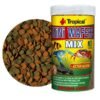
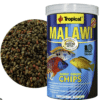

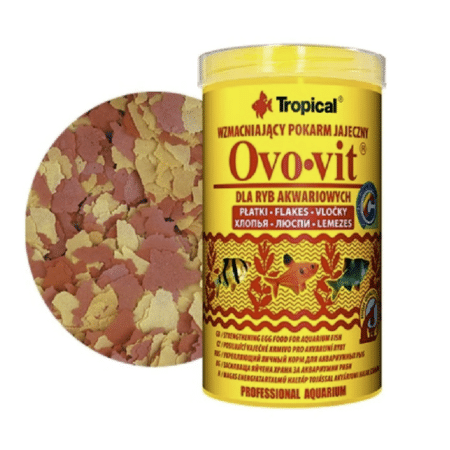
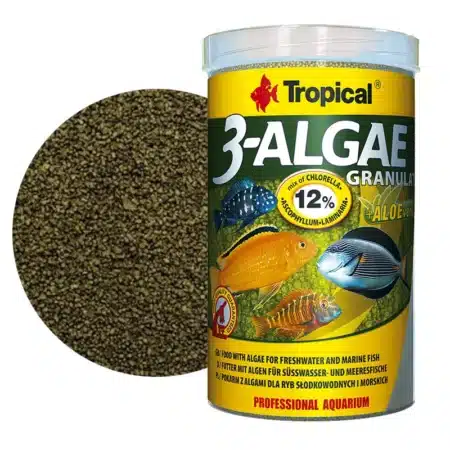

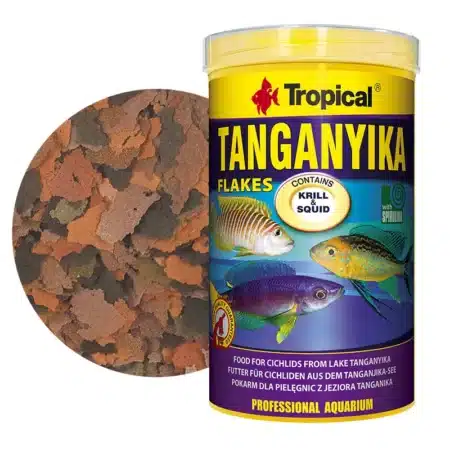
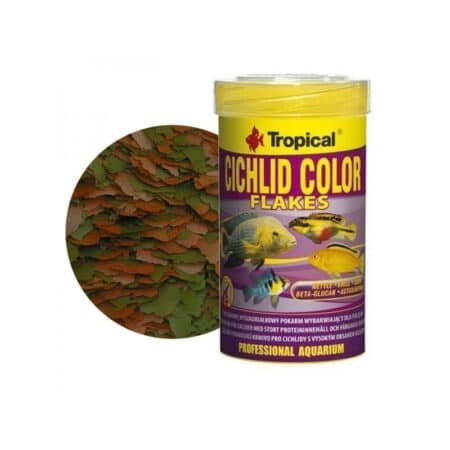

Emily Carter (verified owner) –
As a caring fish parent, I always look for the best for my aquatic friends. After using the Tropical Pleco’s Tablets for about two months, I can wholeheartedly say they are a game-changer for my plecostomus! These 25 mm sinking tablets are perfect for my suckermouth catfish, providing a nutritious diet that keeps them active and healthy. I’ve noticed my plecos eagerly devouring these tablets, and their vibrant colors have improved significantly since I switched from a more generic brand. Unlike other foods that tend to cloud the water, these tablets dissolve cleanly, helping maintain water quality. The only minor concern is that they can take a bit longer to sink than I’d like, but my fish don’t seem to mind waiting! Overall, I highly recommend these to any fellow aquarists looking to enhance their plecostomus food options. My fish are thriving, and I’m confident yours will too! Shipping was quick, and they arrived in perfect condition.
Emily Carter (verified owner) –
As a caring fish parent, I always prioritize the health and happiness of my aquatic friends, especially my plecos. After using the Tropical Pleco’s Tablets for about two months now, I can honestly say these sinking tablets are a game changer! My suckermouth catfish seem to absolutely love them, and I’ve noticed a remarkable difference in their growth and overall vitality. The ingredients are wholesome and provide the essential nutrients they need to thrive.
I used to feed them a different brand of plecostomus food, but it often floated away, leaving my shy little guys struggling to reach it. With these sinking tablets, they can easily access their food, and it keeps the tank cleaner too! I’ve also seen less algae growth since switching, which is an added bonus.
For anyone with plecos or other bottom feeders, I highly recommend giving these tablets a try. You’ll see happier, healthier fish in no time! Just make sure to store them in a cool, dry place to maintain freshness. I will definitely continue purchasing these tablets – they are worth every penny!